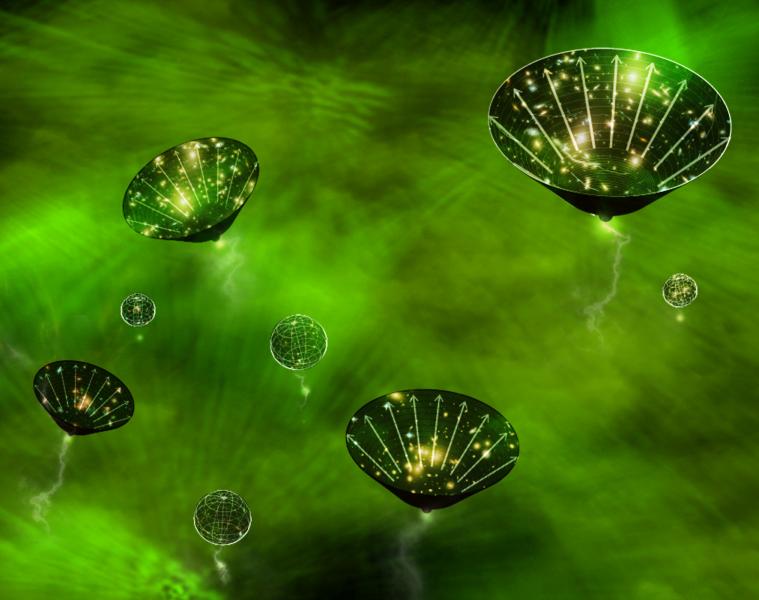
Scientists have calculated the mass range for Dark Matter – and it’s tighter than the science world thought. Their findings – due to be published in Physics Letters B in March – radically narrow the range of potential masses for Dark Matter particles, and help to focus the search for future Dark Matter-hunters. The University of Sussex researchers used the established fact that gravity acts on Dark Matter just as it acts on the visible universe to work out the lower and upper limits of Dark Matter’s mass.
The results show that Dark Matter cannot be either ‘ultra-light’ or ‘super-heavy’, as some have theorised, unless an as-yet undiscovered force also acts upon it.
The team used the assumption that the only force acting on Dark Matter is gravity, an...
Read More








Recent Comments